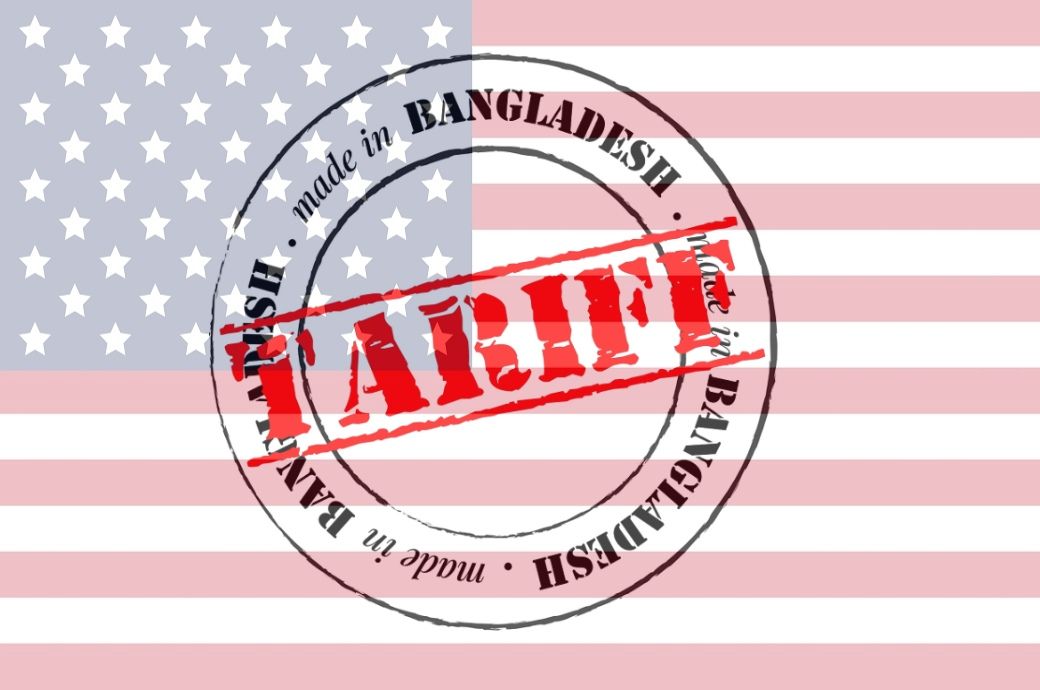C.J. Montano suffered traumatic brain injury when officers shot him in the head with a beanbag projectile during a protest for Floyd on May 30, CBS Los Angeles reported. “I felt like I was actually gonna die,” he told the news outlet. “All the vision in my left eye went out entirely.” Montano’s attorney, Pedram Esfandiary, said in May when the LAPD Police Commission determined officers broke procedure in their use of projectiles with protesters last summer, the commission report lacked “an open recognition that that there is a need for training for these officers.” Esfandiary is also representing Black Lives Matter Los Angeles in a class action suit stemming from the arrests of more than 2,600 people in some of the largest demonstrations for Floyd in the country. They were held in Los Angeles, according to the suit posted to a University of Michigan Law School site.
Attorneys stated in the lawsuit:
“This was not the first time that the LAPD has engaged in these tactics. Over the course of the last several decades, the Defendant City has been sued repeatedly for many of the same tactics on display the past week, including kettling protestors before declaring an unlawful assembly, excessive force with batons and rubber bullets, and prolonged handcuffing and improper conditions of confinement for arrestees, only recently settling a lawsuit raising many of the same challenges in the protests that followed the decision of the Ferguson Grand Jury not to indict the officer who shot and killed Michael Brown.”
Linus Shentu, a longtime member of the Los Angeles Community Action Network nonprofit working to address systemic poverty and oppression, is named as a plaintiff in the lawsuit. According to the suit, Shentu was participating in a “peaceful protest” in Hollywood on June 2, 2020 when police started blocking streets and dragging people out of their cars. Shentu, his partner, and his partner’s sister got into her car to leave the area, but they were blocked by police and forced to follow other cars to a nearby parking lot, attorneys said in the suit. “As they remained in their car, they observed a few officers enter the backyard and begin to pull people out of their vehicles,” attorneys wrote. “The officers ordered SHENTU, his partner and her sister out of their cars, opened the rear passenger door where his partner was seated and began to yank her harshly by her arm. SHENTU voluntarily exited the rear passenger seat.” Still, Shentu was detained and handcuffed for about four hours, leaving his wrists bruised, sore, and numb, according to the suit. Other members of the nonprofit were also “subjected to excessive force,” attorneys said.
“Most, if not all of these individuals, are unhoused and had no place they could go to avoid violating the curfew,” the lawyers wrote. “Some were arrested and taken to Jackie Robinson stadium on the VA property in West Los Angeles. They were all tightly handcuffed from the time they were arrested, transported across town to Brentwood, held for processing and then released, homeless on the streets of Los Angeles during a city-wide curfew.”
A man referred to in the lawsuit as “Cincinatti” was hit in the face by a rubber bullet while in his wheelchair begging officers not to use force, attorneys stated. Police hit Weston Rowland, another plaintiff in the suit who used a wheelchair, in the ribs with a baton during a protest in the Fairfax area just west of downtown Los Angeles. “Rowland heard no orders from the officers other than ‘back up,’” attorneys wrote in the suit. “In a very short time, the officers opened fire with less lethal weapons, aiming directly at the demonstrators and striking many in the upper body. As Weston tried to help a woman on the ground, without notice or warning, he was struck with a rubber bullet in his shoulder and sustained extensive bruising and pain.”
Esfandiary questioned Los Angeles Police Detective Thomas Brown in a deposition last month about dispersal orders given during that Fairfax protest. Brown said “officers on the line” were yelling to “leave the area,” but provided no evidence that any order had been given before that or that protesters had heard the orders, the Los Angeles Times reported. “There is a disconnect between the LAPD’s claim that they diligently give out these dispersal orders and document them, and the actual documented evidence,” Esfandiary told the newspaper.
The Los Angeles City Council commissioned a 101-page report in March, which found that during the weeks of Floyd protests in Los Angeles, the police department did not consistently use a “clear chain of command,” clearly articulate a plan for detentions and processing, or adequately train officers. “Some interviewed for this report stated that the ‘Napoleonic-style static skirmish line’ was useless in controlling the small groups of violent agitators placing protestors and police at risk,” the council stated in the report. “At times, the Department did not, or was not able to, isolate and arrest those criminal elements who were throwing objects, creating violence, or looting due in part to the use of antiquated tactics and lack of training on public order policing.”
The police department is currently attempting to revise its policies with the city attorney’s office and have officers video record crowd actions, the Los Angeles Times reported. An LAPD spokesman told the newspaper when asked about the department’s use of dispersal orders that it was determining “whether what we currently do is adequate.” He said that “revisions of policy or protocols do not occur overnight and require thoughtful analysis and consideration.”
I’m no policy expert, but I would think more than 20 years would certainly have been enough time for that thoughtful analysis.

:max_bytes(150000):strip_icc()/Health-GettyImages-1015247628-33c0cf540b254573867c26b1f88e702f.jpg)

